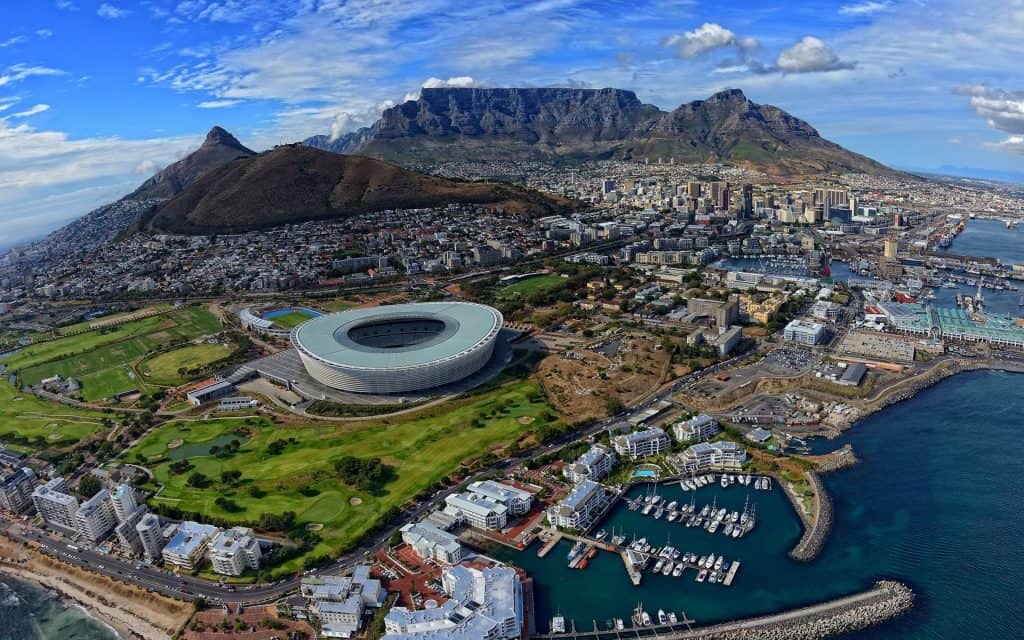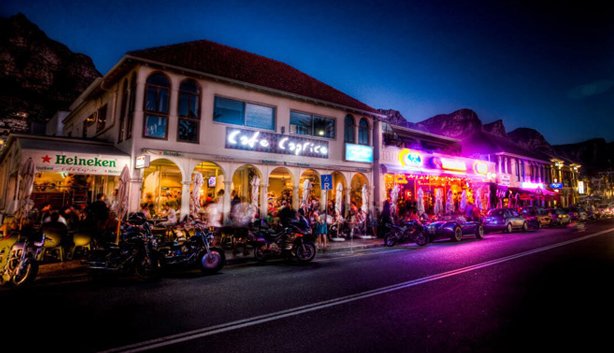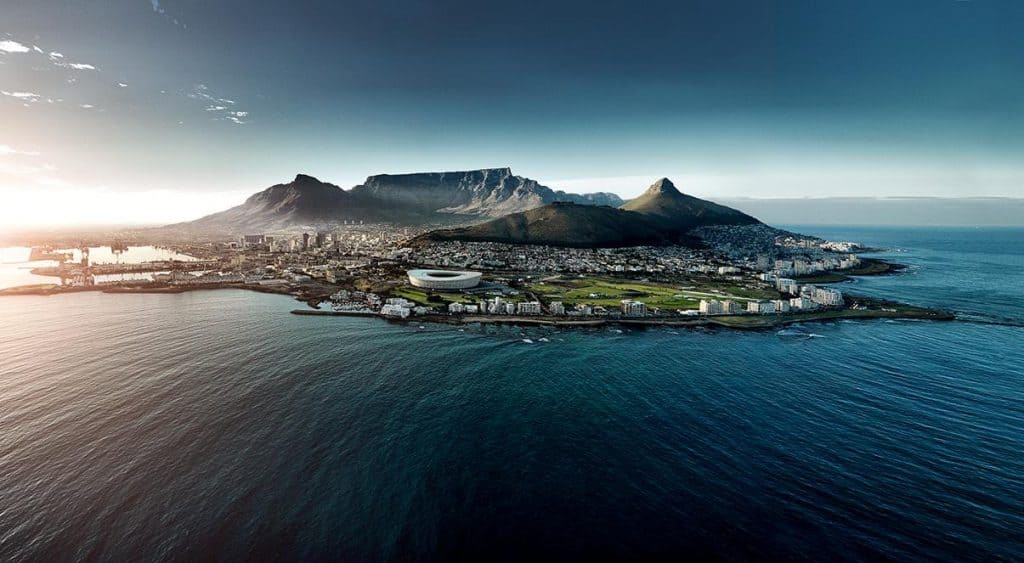Although I primarily do digital marketing for Pretoria businesses, I have a number of customers spread over South Africa, and in fact, the world. So I thought it was a good time to share some information related to Pretoria, also known as the Jacaranda City.
Pretoria is a city in the northern part of Gauteng Province, South Africa. It is one of the country’s three capital cities, serving as the seat of the executive branch of government (Cape Town is the legislative capital and Bloemfontein the judicial capital). Pretoria has a reputation for being an academic city with three universities and the Council for Scientific and Industrial Research (CSIR) located in its eastern suburbs, the city also hosts the South African Bureau of Standards making the city a hub for research. Pretoria is the central part of the City of Tshwane Metropolitan Municipality which was formed by the amalgamation of several former local authorities including Centurion and Soshanguve. There have been proposals to change the name of Pretoria itself to Tshwane, and the proposed name change has caused some controversy.
Pretoria is named after the Voortrekker leader Andries Pretorius, and within South Africa is popularly known as the “Jacaranda City” due to the thousands of Jacaranda trees planted in its streets, parks and gardens.
History
Pretoria was founded in 1855 by Marthinus Pretorius, a leader of the Voortrekkers, who named it after his father Andries Pretorius and chose a spot on the banks of the “Apies rivier” (Afrikaans for “Monkeys river”) to be the new capital of the South African Republic (ZAR). The elder Pretorius had become a national hero of the Voortrekkers after his victory over the Dingane and the Zulus in the Battle of Blood River. The elder Pretorius also negotiated the Sand River Convention (1852), in which Britain acknowledged the independence of the Transvaal. It became the capital of the South African Republic (ZAR) on 1 May 1860.
The founding of Pretoria as the capital of the South African Republic can be seen as marking the end of the Boers’ settlement movements of the Great Trek.
Geography
Pretoria is situated approximately 55 km (34 mi) north-northeast of Johannesburg in the northeast of South Africa, in a transitional belt between the plateau of the Highveld to the south and the lower-lying Bushveld to the north. It lies at an altitude of about 1,339 m (4,393 ft) above sea level,[7] in a warm, sheltered, fertile valley, surrounded by the hills of the Magaliesberg range.
Climate
The city has a humid subtropical climate (Köppen: Cwa) with long hot rainy summers and short cool to cold,dry winters. The city experiences the typical winters of South Africa with cold, clear nights and mild to moderately warm days. Although the average lows during winter are mild it can get bitterly cold due to the clear skies, with nighttime low temperatures in recent years in the range of 2 to −5 °C (36 to 23 °F). The average annual temperature is 18.7 °C (65.7 °F).[8] This is rather high, considering the city’s relatively high altitude of about 1339 metres, and is due mainly to its sheltered valley position, which acts as a heat trap and cuts it off from cool southerly and south-easterly air masses for much of the year.
Rain is chiefly concentrated in the summer months, with drought conditions prevailing over the winter months, when frosts may be sharp. Snowfall is an extremely rare event; snowflakes were spotted in 1959, 1968 and 2012 in the city, but the city has never experienced an accumulation in its history.
During a nationwide heatwave in November 2011, Pretoria experienced temperatures that reached 39 °C (102 °F), unusual for that time of the year. Similar record-breaking extreme heat events also occurred in January 2013, when Pretoria experienced temperatures exceeding 37 °C (99 °F) on several days.
The year 2014 was one of the wettest on record for the city. A total of 914 mm (36 in) fell up to the end of December, with 220 mm (9 in) recorded in this month alone. In 2015 Pretoria saw its worst drought since 1982; the month of November 2015 saw new records broken for high temperatures, with 43 °C (109 °F) recorded on the 11th of November after three weeks of temperatures between 35 °C (95 °F) and 43 °C (109 °F). January 2016 saw Pretoria reach a new record high of 44 °C (111 °F) on January 7, 2016.
Source: https://en.wikipedia.org/wiki/Pretoria
The post More information about Pretoria appeared first on Katakuru.
from Katakuru http://katakuru.com/more-information-about-pretoria/
 Here is to help you find the best accommodation in Cape Town. Lonely planet puts together great choices under $20 per night.
Here is to help you find the best accommodation in Cape Town. Lonely planet puts together great choices under $20 per night. Nightlife in Cape Town is nothing like the ordinary. It’s not that other places have the same to offer, the difference is the variety of activities and things to do that will keep you awake through the night. There are distinctively four sites to explore while in town – The sunset strip, the long Street, The
Nightlife in Cape Town is nothing like the ordinary. It’s not that other places have the same to offer, the difference is the variety of activities and things to do that will keep you awake through the night. There are distinctively four sites to explore while in town – The sunset strip, the long Street, The  Experience local and exotic meats cooked the way you want it. Get a taste of fresh fish from the bait to the cooking pan. And if you are watching your diet, you can go all veggies and fruits. You even get a bonus of healthy dishes with natural herbs and spices, all organic for the health conscious. Cape Town has a piece of everything and you’ll regret not having to try the best while in town.
Experience local and exotic meats cooked the way you want it. Get a taste of fresh fish from the bait to the cooking pan. And if you are watching your diet, you can go all veggies and fruits. You even get a bonus of healthy dishes with natural herbs and spices, all organic for the health conscious. Cape Town has a piece of everything and you’ll regret not having to try the best while in town.